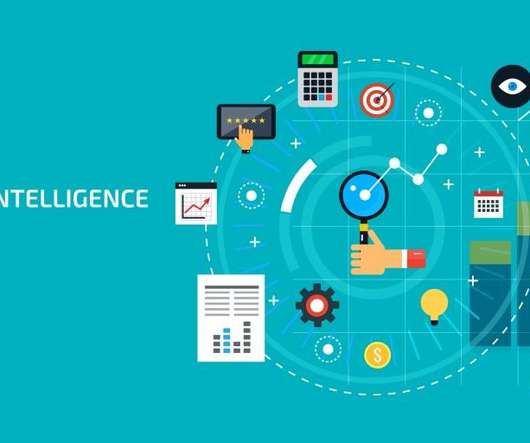What is the Future of Business Intelligence in the Coming Year?
Smart Data Collective
NOVEMBER 24, 2020
Prescriptive Analytics. In the coming years they are more likely to become a part of enterprise solutions. Automation & Augmented Analytics. Augmented analytics uses artificial intelligence to process data and prepare insights based on them. This shows why self-service BI is on the rise. QlickSense.













Let's personalize your content